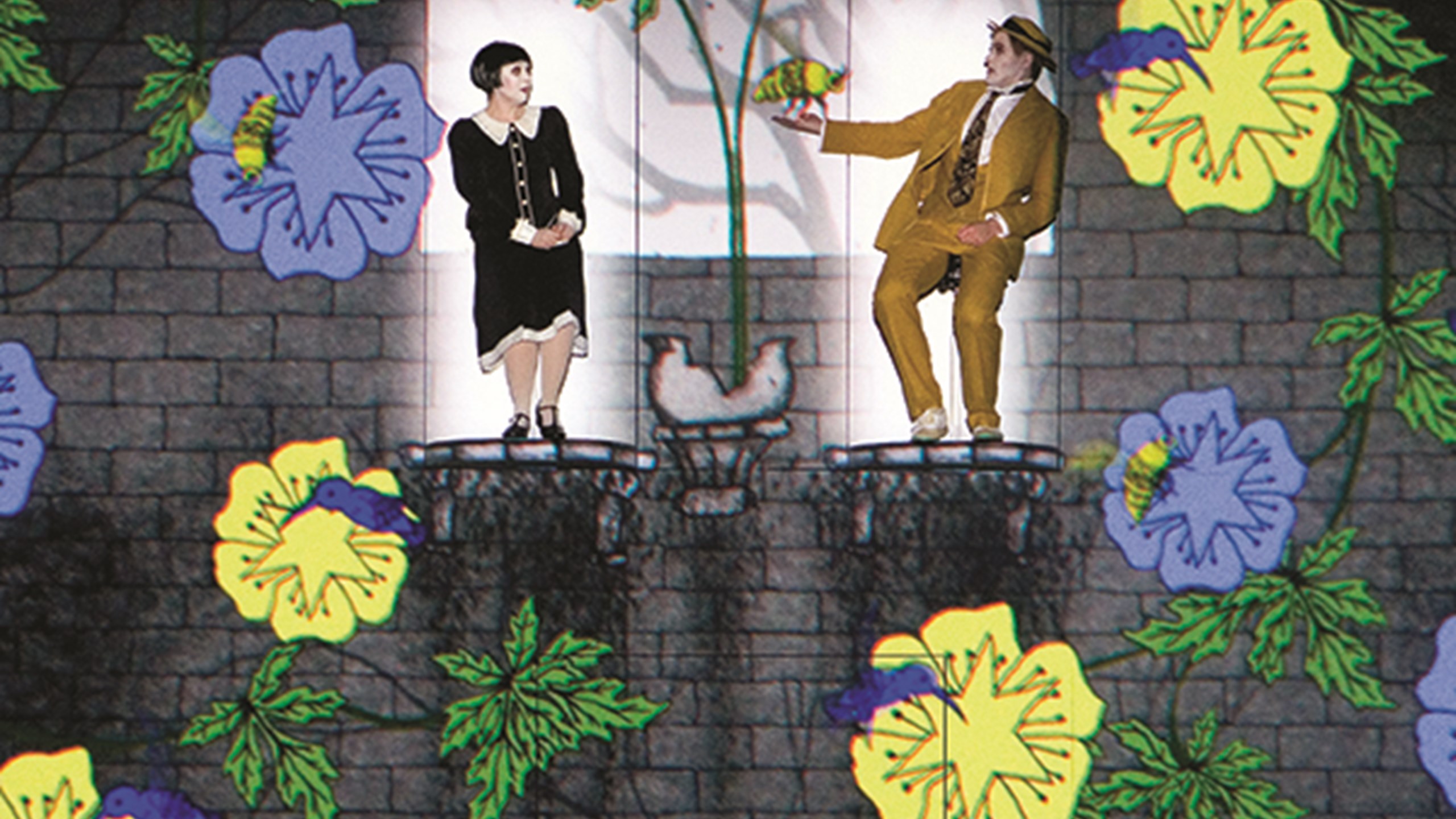By Annie Patrick
Mozart composed the music for the vengeful Queen of the Night specifically for his sister-in-law, coloratura soprano Josefa Hofer. She then created the role in The Magic Flute’s premiere at the Freihaus-Theater in suburban Vienna on 30th September 1791. Mozart conducted from the keyboard and the opera was an overnight success.
During the preceding six months Mozart and his librettist, Schikender considered many changes in their new singspiel, Die Zauberflote (The Magic Flute) before settling on a narrative in which Prince Tamino is sent out by the Queen of the Night to rescue her daughter from the clutches her enemy, of the High Priest, Sarastro. Papageno, the birdcatcher, is his companion, and a magic flute provides supernatural powers (and also a great flute solo/theme). However, by Act Two Tamino becomes convinced that Sarastro is, in fact, “benevolent and wise” and he and Pamino set out on a quest for enlightenment. Finally, the Queen of Night and her entourage are overcome by the power of light.
Josefa was Mozart’s soprano of choice for the demanding role of the Queen and her two great arias are amongst the most (if not the most demanding) solos for a coloratura soprano. She makes a very dramatic entrance in Act One: Heralded by a mighty orchestral crescendo; before launching into an accompanied recitative and aria, a plaintive cantabile “I a condemned to grief”; followed by sensational Allegro with coloratura roulades constantly hitting high F’s “You must go and set her free!” she orders.
In Act Two Pamina comes face to face with her mother, the Queen, the arch manipulator. She asks for help, but the Queen brandishes a dagger and tells her daughter she must kill Sarastro! Strings agitato pulsate as the Queen launches into her famous revenge aria “Hell’s vengeance burns in my breast”. Mozart adds impetus by scoring trumpets and timpani to underpin her vocal line. According to conductor Jane Glover in Mozart’s Women: “He [Mozart] meant to frighten everyone, including himself. And here Josefa’s brilliant technique was used to electrifying effect.”
Since then many famous lyric and dramatic coloratura sopranos have approached this demanding role, including Maria Callas and Joan Sutherland. Rudolf Bing in his memoir 5000 Nights at the Opera recalled that plans were made for Callas to sing Lucia plus The Queen of the Night in her Metropolitan debut season, but “Callas refused to sing The Magic Flute in English, even though I agreed to take the second act aria down a whole tone for her.”
Joan Sutherland, in her autobiography A Prima Donna’s Progress recalls that her first role at Covent Garden was as he Queen of Night’s First Lady in The Magic Flute in 1953. A decade later she made her role debut there as Queen of the Night, apparently transposing the first act aria down a semitone and the second act aria down a tone: A perfectly acceptable practice as Mozart also often transposed arias to suit his singers.
In this current Perth Festival production from the Komische Oper Berlin, directed by Barrie Kosky and Suzanna Andrade, the Queen of Night is transformed into a knife-wielding skeleton, half-spider half humanoid. It is definitely not a traditional opera production, however the music is certainly Mozart’s with Jordan de Souza and Hendrik Vestmann conducting WASO at His Majesty’s in association with West Australian Opera. This gloriously inventive, visual fantasia has something for everyone: Film buffs; art lovers; and lovers of Mozart’s operas. Enjoy!


